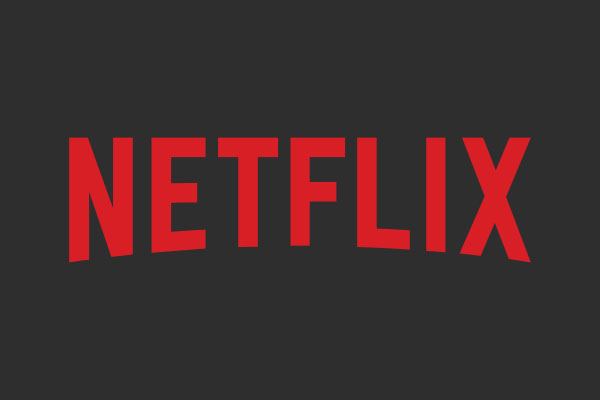
The Unlikely Rise of The Nest
The Nest, a psychological drama starring Carrie Coon and Jude Law, has surprisingly climbed Netflix's top 10 chart, sparking a wave of mixed reactions from viewers. This unexpected ascent has raised questions about the streaming platform's algorithm and the diverse tastes of its audience. Despite its polarizing reception, The Nest has managed to secure a spot in the top 10 movies chart in the US, challenging the conventional norms of viewer preferences.
The current layout of the chart presents a fascinating mix of genres and film styles. At number one sits Lift, Kevin Kart's mile-high heist movie, followed by The Super Mario Bros Movie, a mainstay since its release in December last year. However, the chart takes a peculiar turn with the inclusion of movies like The Equalizer 3, 2014's The Single Moms Club, Teen Titans Go! To The Movies, and The Croods. The presence of The Nest as a particular outlier has sparked discussions about the dynamics of movie selection and viewing habits on Netflix.
The Nest, written and directed by The Iron Claw's Sean Durkin, is a 2020 film that delves into the lives of a couple, portrayed by Coon and Law, as they navigate the challenges of relocating to the UK in the 1980s. The gripping narrative explores the strain on their marriage and the unraveling of their once-steady foundations, making it an intriguing addition to the eclectic mix of movies on the top 10 chart.
The Critical Reception vs. Viewer Response
Despite being critically acclaimed with a Rotten Tomatoes score of 90%, The Nest has faced a stark contrast in audience reception, reflected in its 45% audience rating. This disparity has raised the question of whether critical acclaim aligns with the preferences of streaming audiences, highlighting the subjective nature of film appreciation.
The discrepancy between the critical and audience reception has sparked a wave of social media reactions, with viewers expressing their disappointment and frustration with the movie. Tweets such as 'Did I just waste an hour and 47 minutes on this movie? Mannnn @netflix y'all are tripping' and 'DO NOT watch The Nest on Netflix. Movie was trash lowkey upset I wasted my time' capture the sentiment of disillusionment among viewers.
The contrasting views on The Nest have ignited debates about the role of streaming platforms in curating content and the influence of critical reviews on viewer expectations. The movie's unexpected journey from critical acclaim to audience dissatisfaction has shed light on the complexities of audience engagement and the impact of word-of-mouth publicity in the digital age.
Navigating the Controversy and Discontent
As The Nest continues to stir up discussions and debates among viewers, the controversy surrounding its reception has sparked conversations about the dynamics of movie consumption and the influence of online reviews. The polarizing nature of the movie's reception has prompted viewers to question the accuracy of online ratings and the reliability of streaming platform recommendations.
Viewers' experiences with The Nest have highlighted the disconnect between critical accolades and audience satisfaction, raising pertinent questions about the factors that contribute to viewer enjoyment and engagement. The movie's classification as a thriller/horror on Netflix has also come under scrutiny, with viewers expressing disappointment over the mismatch between genre expectations and the actual content of the film.
Despite the mixed reactions, The Nest's presence on Netflix's top 10 chart has sparked curiosity and intrigue among viewers, leading to a surge in discussions about the subjective nature of film appreciation and the diverse range of tastes within the streaming audience. The controversy surrounding The Nest serves as a compelling reflection of the evolving landscape of viewer preferences and the evolving dynamics of digital content consumption.













